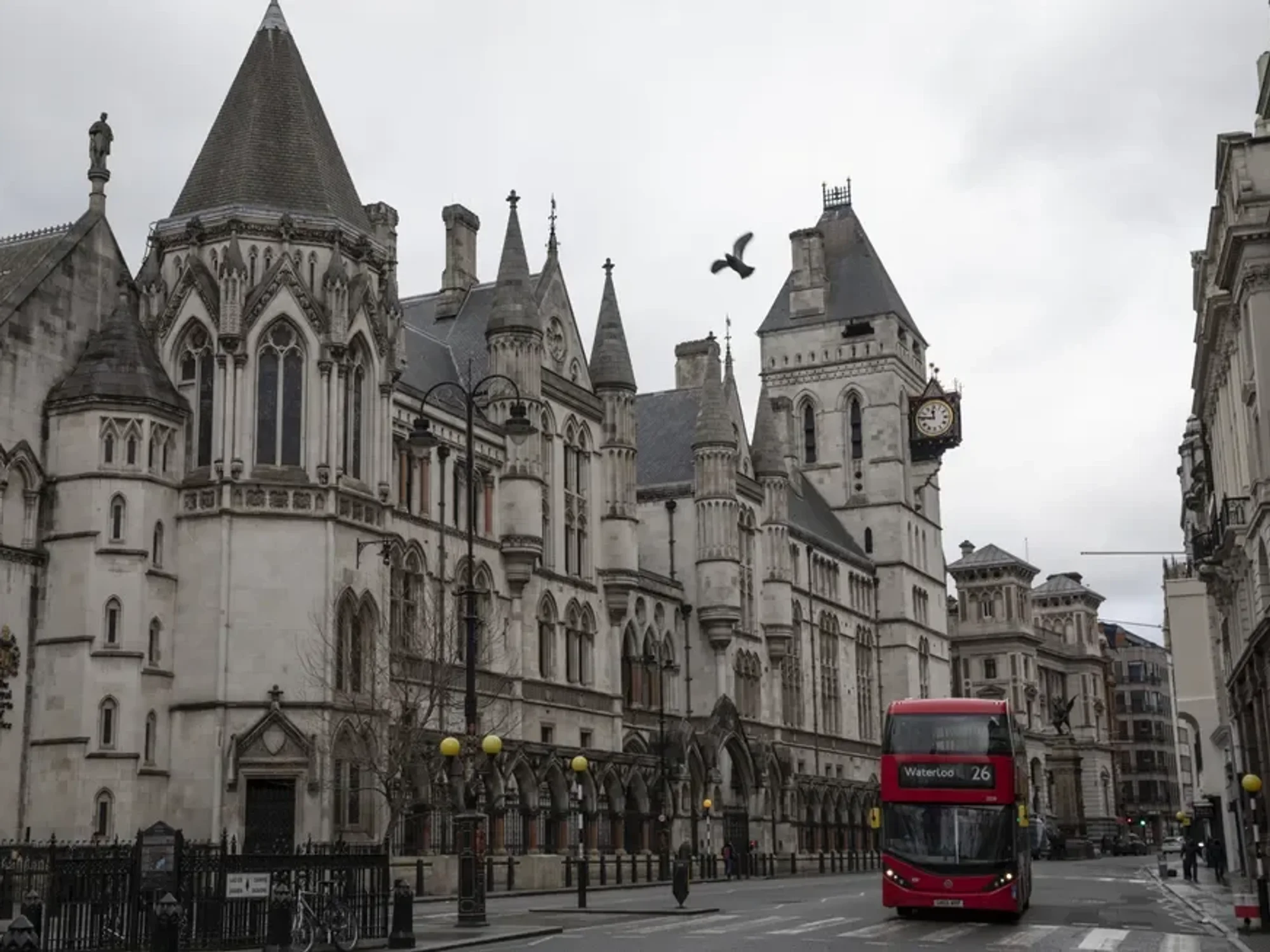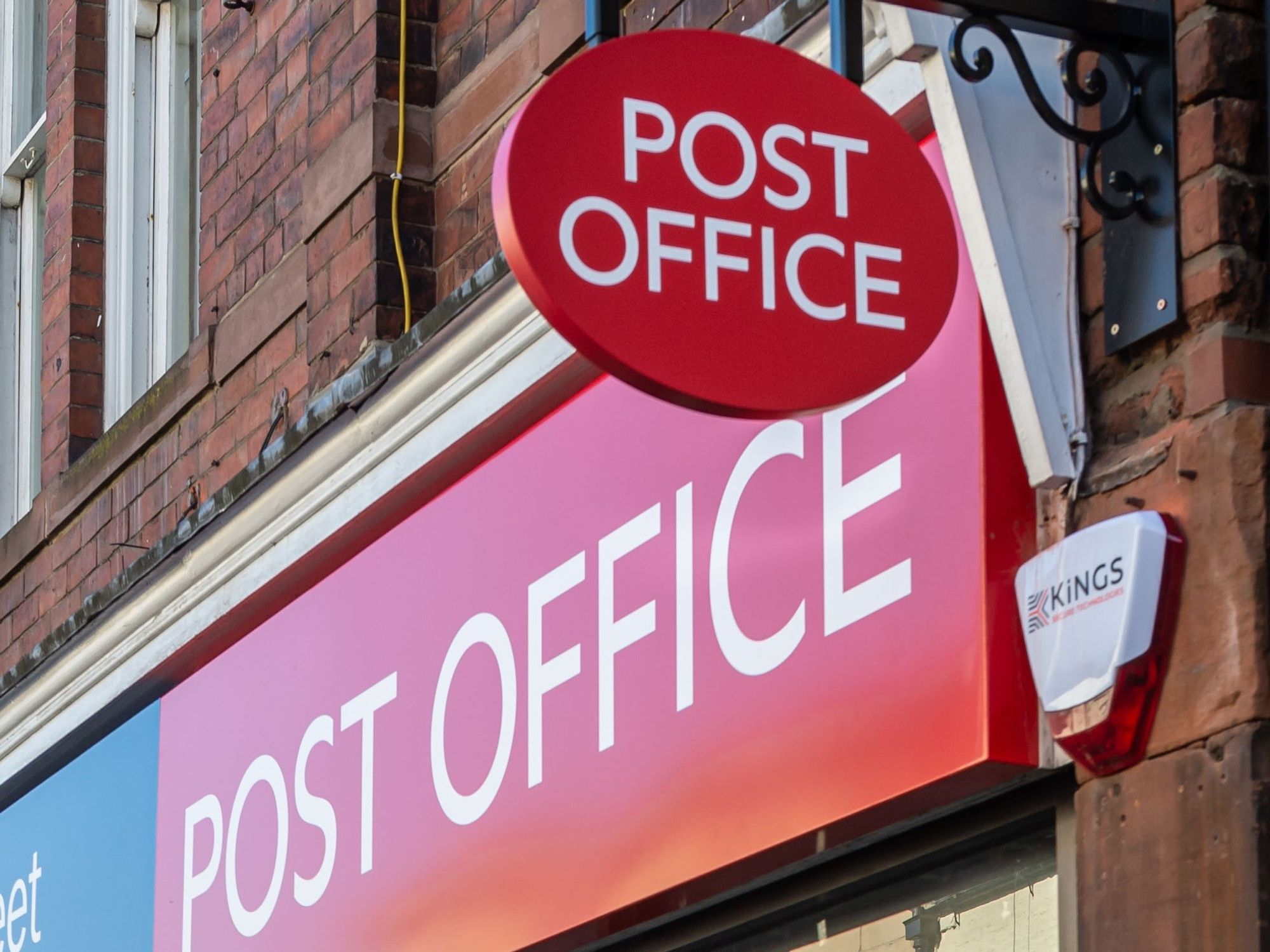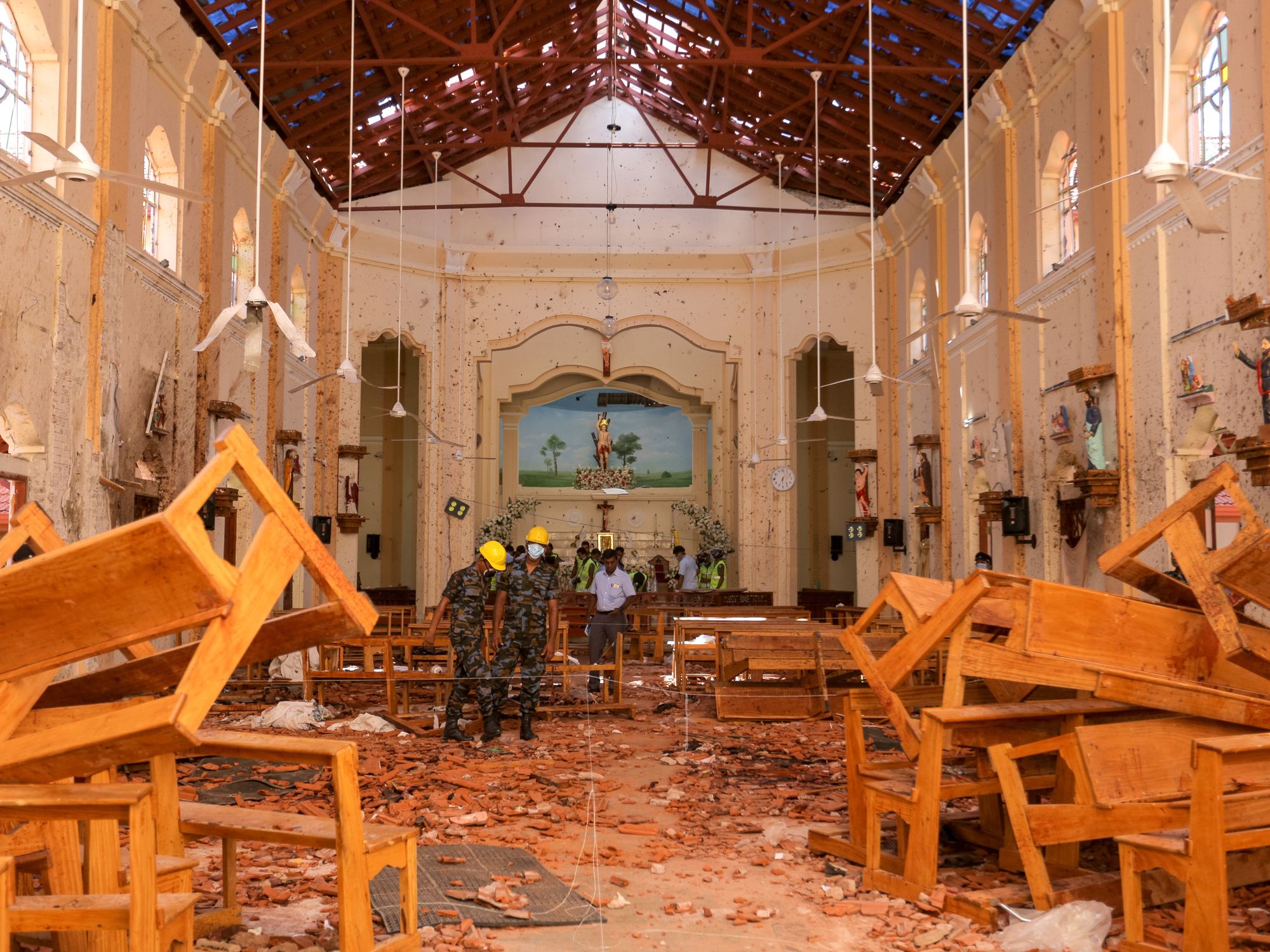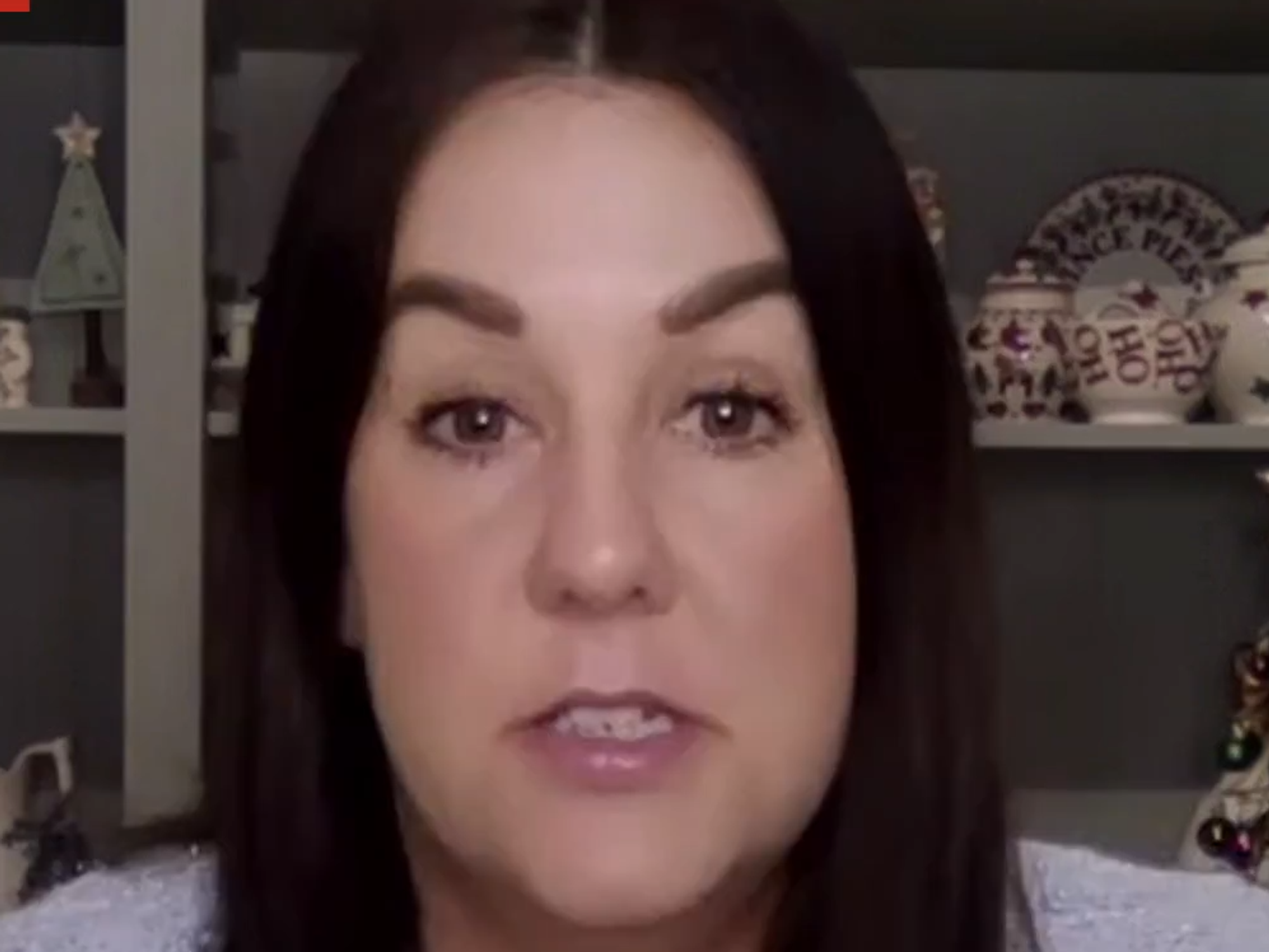Omicron variant: What do we know and where are the worst affected areas?
Here's everything we know about Omicron
Don't Miss
Most Read
The Omicron variant is continuing to spread across the UK, having already become dominant in Scotland.
Here is what we know so far:
When did Omicron first appear?
UK scientists became aware of the new strain – also known as B.1.1.529 – on November 23 after samples were uploaded to a coronavirus variant tracking website from South Africa, Hong Kong and then Botswana.
On November 27, the Government said two cases of the variant had been identified in the UK, with the people involved linked to each other and to travel to southern Africa.
What do we know about Omicron in terms of its ability to spread and can it get around the vaccines?
It largely evades immunity from past coronavirus infection or two vaccine doses and the risk of reinfection with Omicron is 5.4 times greater than that of the Delta variant, according to researchers at Imperial College London.
This suggests the protection against reinfection by Omicron from past infection may be as low as 19%.
Researchers estimated the proportion of Omicron among all Covid cases between November 29 and December 11 was doubling every two days up to December 11.
But is there not evidence suggesting Omicron is milder than Delta?
An Imperial College London study found no evidence of Omicron having lower severity than Delta, although data on hospital admission was very low at the time of the study.
Professor Neil Ferguson, from the college, said their findings suggest the “level of immune evasion means that Omicron poses a major, imminent threat to public health”.
According to the data, boosters are vital in controlling Omicron, but they may lose some effectiveness over time.
Separately, early data from South Africa suggested two doses of the Pfizer vaccine offer 70% protection against hospital admission and the head of South Africa’s medical association Dr Angelique Coetzee told British MPs that most cases of Omicron in South Africa are mild.
England’s chief medical officer Professor Chris Whitty warned that such early data should be treated with caution as there is a danger people have over-interpreted it to mean there is no problem.
He said even if the new variant is milder, its ability to spread faster means there could still be an issue.
So, what is the current situation in England?
Omicron is now the predominant variant among new cases of coronavirus in England, figures from the UK Health Security Agency (UKHSA) published on Friday suggested.
Some 54.2% of a sample of new coronavirus cases across England with specimen dates for December 14 and 15 were found to have S gene target failure (SGTF) – a way of detecting the likely presence of Omicron.
As of December 16, there were 13,741 confirmed Omicron cases in England.
What about Scotland?
On Friday, First Minister Nicola Sturgeon said Omicron was now the dominant strain of coronavirus in Scotland, as she warned a “tsunami” of the variant was hitting the country.
UKHSA data up to December 16 showed there were 696 confirmed cases of the Omicron variant in Scotland.
Ms Sturgeon said the R number, which measures the rate of infection, could be above four and cases of the virus had increased by more than 40% in the past week.
She urged people to stay at home in the run-up to Christmas, saying the emergence of Omicron has been the “cruellest of blows”.
How are things looking in Wales?
First Minister Mark Drakeford said despite the hope for “a new year in which the pandemic would become a fading memory”, Omicron “poses a new threat to our health and safety”.
He described it as “the most serious development in the pandemic to date” and warned people it must be taken seriously.
UKHSA data up to December 16 showed there were 159 confirmed cases of Omicron in Wales.
Mr Drakeford said new restrictions will be brought in on December 27 “as we prepare for a large wave of infections”, adding they will be a “strengthened set of reasonable measures, which will include returning to the two-metre rule for social distancing”.
What is happening in Northern Ireland?
Public health officials have warned that in a worst-case scenario, Northern Ireland could be recording around 11,000 Covid cases a day in the middle of next month if no further restrictions are introduced.
Stormont ministers will meet on Wednesday to consider potential new measures to help slow the spread.
As of December 16, UKHSA data showed there were 313 confirmed Omicron cases in Northern Ireland.











